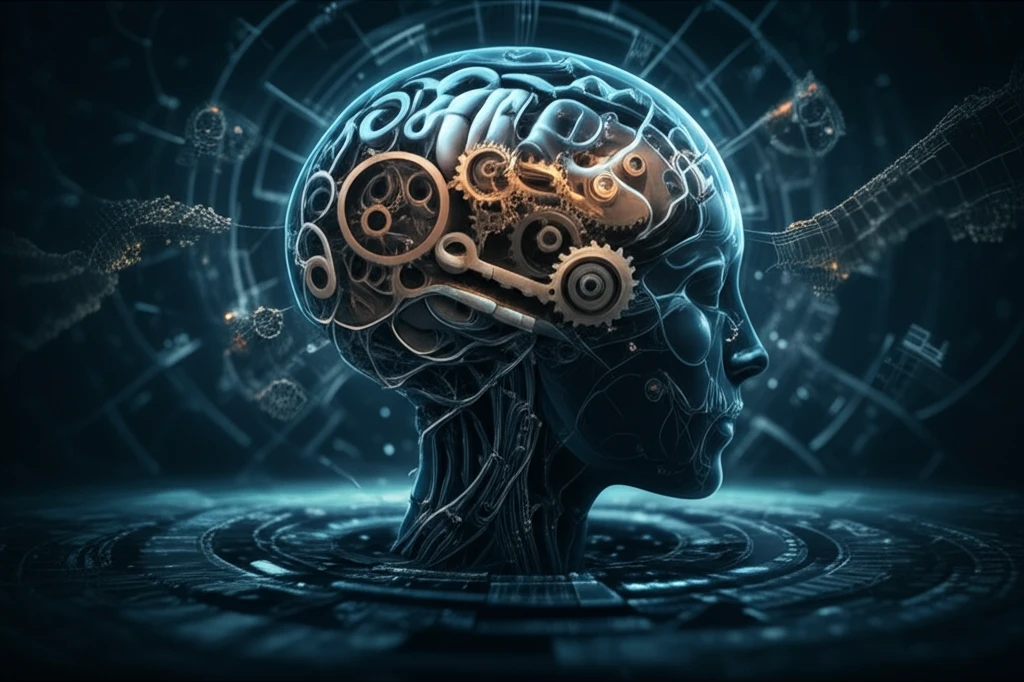
Decoding Decisions: How Causal Judgments Shape What We Choose
"Uncover the hidden 'causal models' that drive our choices, and how understanding them can lead to better decisions."
Every day, we make countless decisions, from the mundane to the life-altering. While we often think we're acting rationally, a hidden force shapes our choices: our understanding of cause and effect. Imagine the Federal Reserve deciding whether to adjust interest rates. They don't just consider the immediate impact; they also weigh the potential ripple effects, like changes in unemployment, and how these effects might be influenced by other economic factors.
This intricate web of cause-and-effect relationships forms our 'causal judgments,' and they're surprisingly personal. What one person believes to be a direct consequence, another might see as a distant possibility. This divergence stems from our unique experiences, information, and even our personal biases. Understanding these subjective causal judgments is key to understanding why we make the choices we do.
But how can we decipher these hidden causal models? This article explores a fascinating approach: by observing our preferences over different actions. Inspired by the work of Judea Pearl, we'll delve into how our choices reveal the underlying causal relationships we believe in. By understanding these relationships, we can test whether our preferences are consistent with our causal beliefs and ultimately refine our decision-making processes.
What Are Causal Models and How Do They Work?

At its core, a causal model is a framework for understanding how different factors in the world are interconnected. Imagine it as a map of cause and effect, where variables (like interest rates, unemployment, or consumer spending) are linked by equations that show how they influence one another. Some variables are 'exogenous,' meaning their values are determined by outside forces, while others are 'endogenous,' meaning their values are determined by the relationships within the model.
- Variables: These represent different factors in the world, such as economic indicators, personal beliefs, or social trends.
- Equations: These define the relationships between variables, showing how one variable influences another.
- Exogenous vs. Endogenous Variables: Exogenous variables are determined by factors outside the model, while endogenous variables are determined within the model.
- Interventions: These are actions that directly change the value of a variable, allowing us to see how the system responds.
The Future of Causal Decision Making
By making explicit the causal models that drive our choices, we can identify potential biases, refine our understanding, and ultimately make better decisions. As research in this area continues, we can expect even more sophisticated tools and techniques for decoding the hidden influences that shape our choices.
